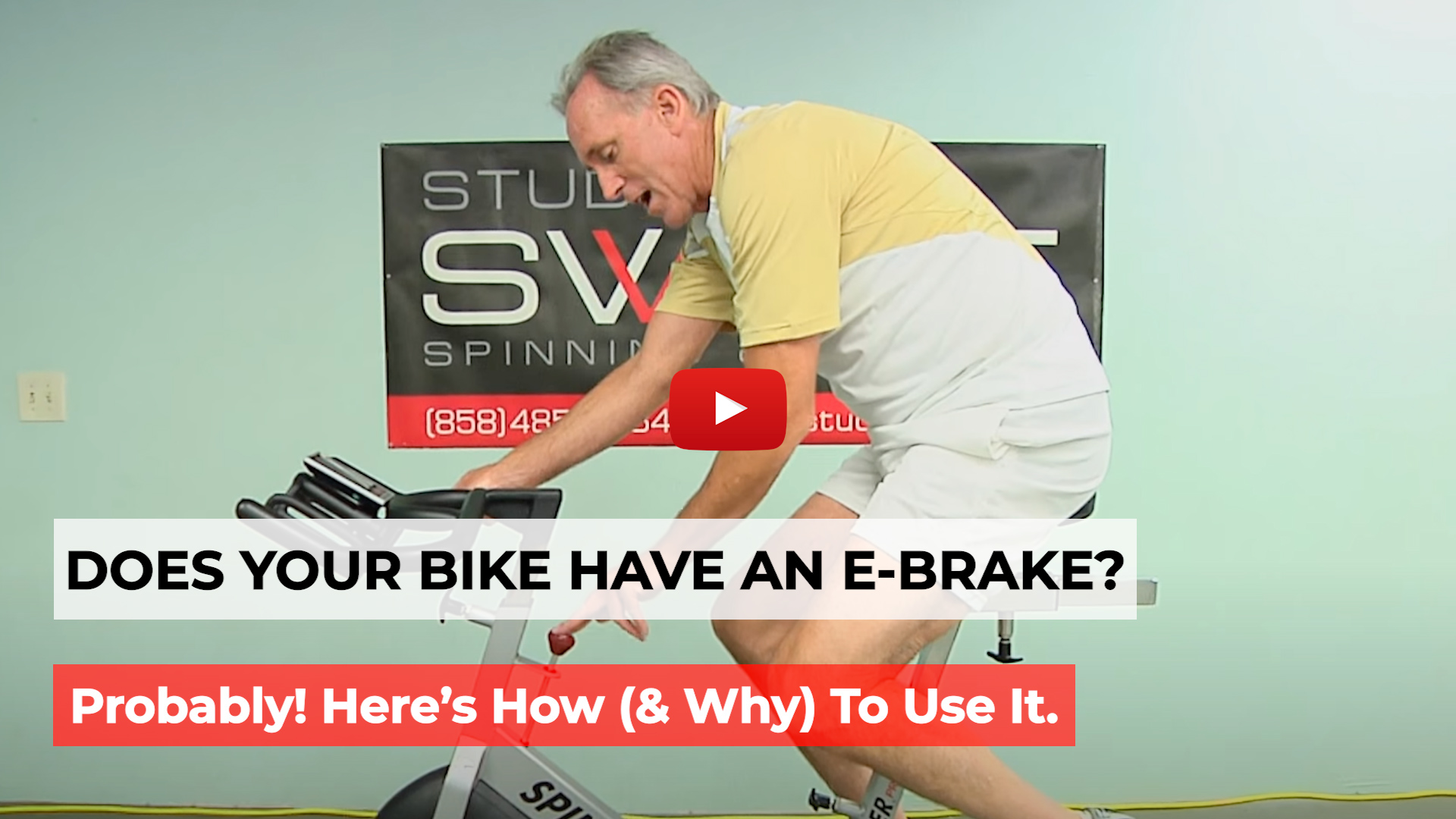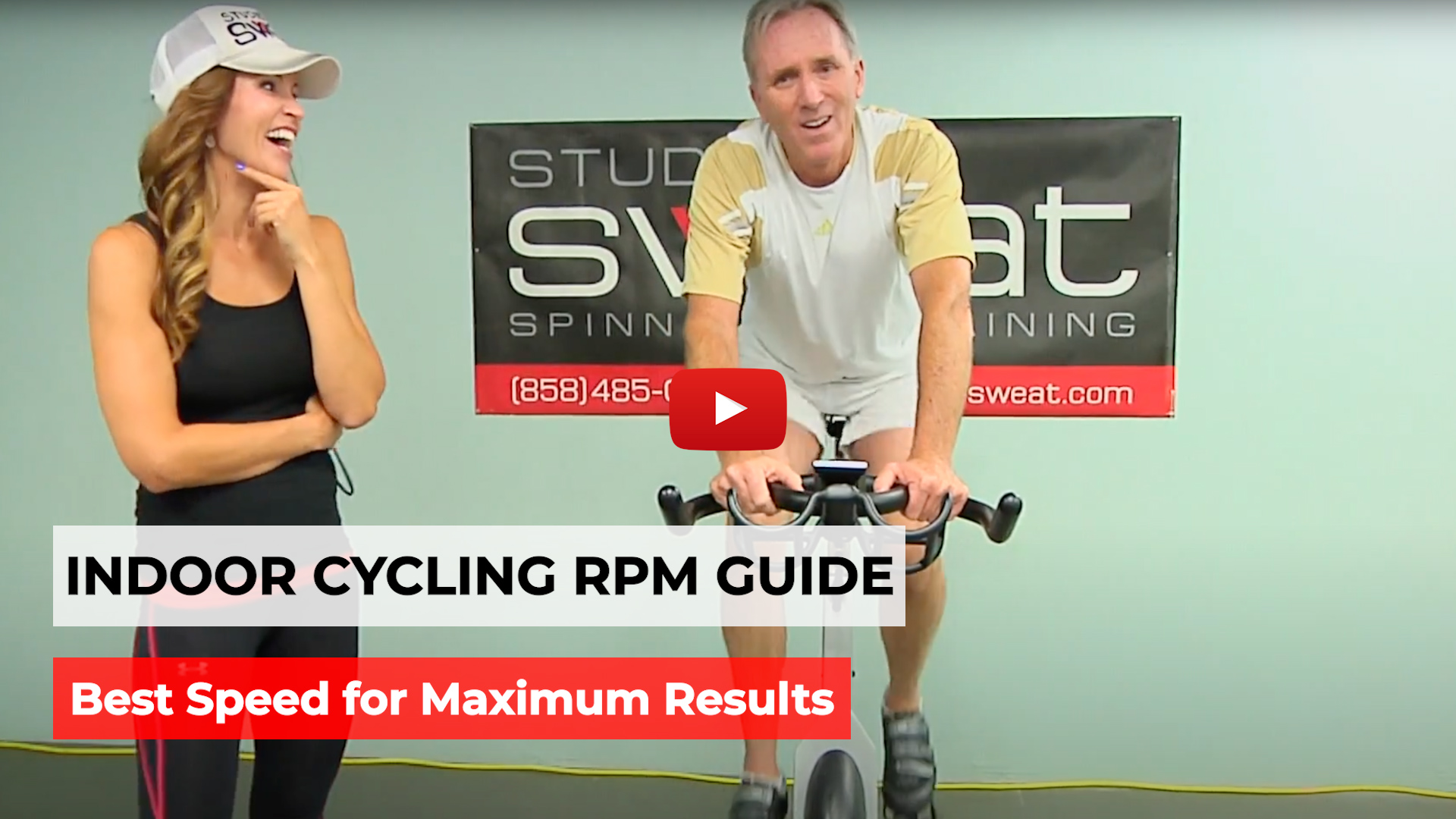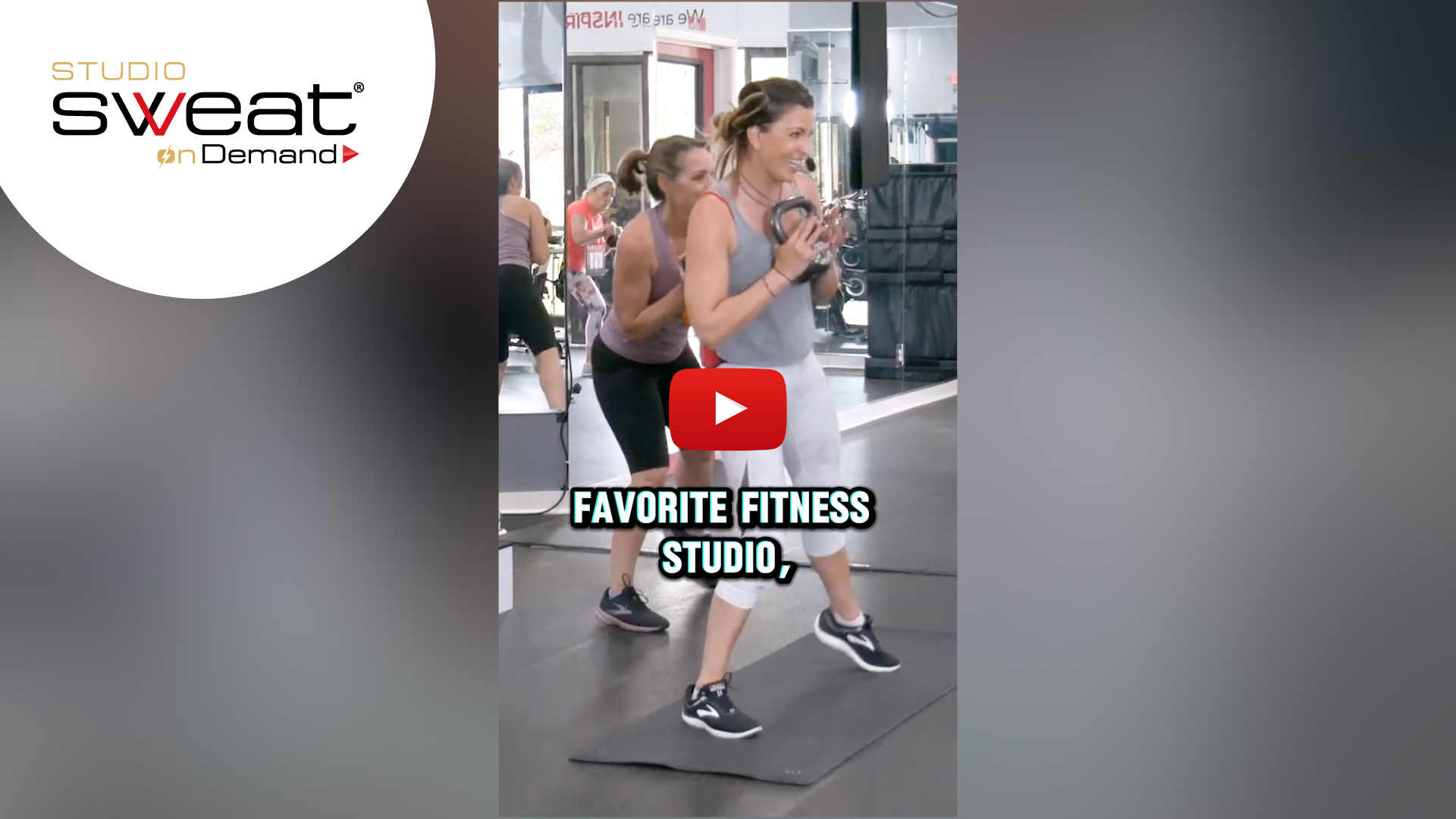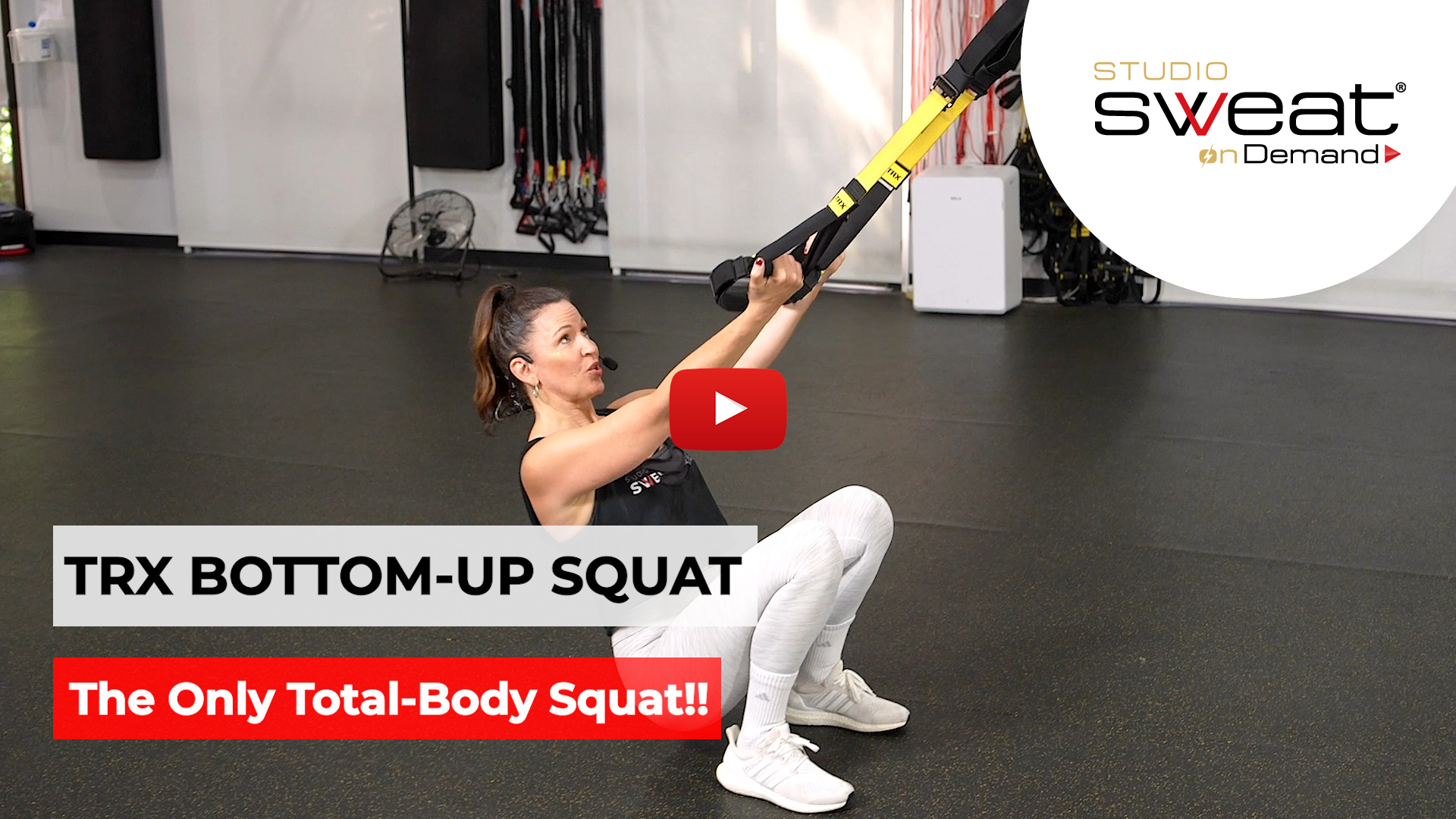How to Change Your Exercise Routine As You Age
How to exercise as we age is one of the top requests we receive when it comes to trainer tips. Of course we all hope to achieve old age, but we also want to slow the process down (or at least make the most of all of our years). So how should we do so the right way?
Studio SWEAT onDemand founder, Cat Kom, is joined by Master Trainer, Carolyn Erickson, to talk about how your exercise routine can (should!) play a role in your overall health as you get older. While we offer some advice specific to perimenopausal through postmenopausal women, this advice really does apply to anyone who plans on aging (which is all of us, right?).
Misconceptions and guidance on exercise while aging:
If you search “exercise as you age” you’ll get back about 950 MILLION results. With all of the mis-guided advice out there that includes eliminating strength or cardio training, or sticking with only low to moderate fitness programs, it’s important to be sure you’re getting advice from a trusted source. Just like fad dieting, guidelines for pregnancy, taking supplements, and more, you’ll want to be sure your sources are credible and medically or scientifically based, not just driven by the quest for sales.
Carolyn, who is passionate about senior fitness, pulls much of her guidance from sources like the National Institute on Aging, Mayo Clinic, American Council On Exercise (ACE), and Athletics and Fitness Association of America (AFAA).
Benefits of a proper exercise program:
Done properly, with the correct elements (which we’ll cover below), your fitness program can:
- Help maintain movement and mobility.
- Reduce cancer risks.
- Decrease the risk of heart disease.
- Lower your risk of Type 2 Diabetes.
- Help maintain bone density.
- Improve your mood and mental health.
- Stave off memory loss, and may even help prevent dementia.
Components of a fitness program as you age:
First things first, whether you’re a non-exerciser, a casual exerciser, or a fitness pro, it’s time to up your game. Listen to your body, but overcome soreness (which is different than pain). If you aren’t exercising, you will lose mobility. If you lose mobility, it becomes harder and harder to exercise, becoming a vicious circle. Got it?
1) Strength Training
Once you hit 30 years old, your bone density starts to decline, but no need to worry when you can DO something about it before “osteoporosis” becomes a common term for you. You’ve gotta grab some dumbbells and get to work. Not the little weights you carry on a walk to make it just a little harder. Nope, we’re talking heavy here, because heavy, load-bearing exercise helps you maintain bone density. The key is to lift outside of your endurance zone, using weights that are heavy enough to just get through a maximum of 12 reps. Carolyn typically will use 15-20 pound weights. Be sure the weights are appropriate for the exercise. We’re not suggesting, for example, using 20 pound dumbbells to do a lat-raise.
Over the course of a week, aim for at least 1 day of heavy lifting, and in total, 2-3 days of weight training working every major muscle group.
2) Aerobic Conditioning
We want to keep that heart pumping for as many years as we can, ya hear me? Remember that your heart is a muscle, one that needs the same kind of attention as your biceps. Your cardio/aerobic fitness should incorporate high-intensity work, like HIIT training (“high intensity interval training”). Ideally, you’ll want to keep your body “on its toes” by varying the work-to-rest ratio. If you’re always doing 40 seconds on, 20 seconds rest, your body will get used to that, so try to mix it up.
But wait!? We hear that women in perimenopause and menopause should stick to “low to moderate cardio.” Nope! This is the time to keep up the intensity.
We aren’t saying toss the steady-state or light cardio. A brisk walk with a friend, a LISS ride, or a zone-out on the treadmill are all good, and can be great for the mind+body connection. Just be sure you’re blending in that heart-pumping aerobic work as well.
3) Flexibility and Mobility
Oh boy, do we feel the bones and joints creaking and stiffening. Show that body some love with an emphasis on flexibility. Yoga’s not your thing? (It’s not Cat’s.) Well, it isn’t the only way to improve your flexibility and mobility. There are movements like a full range-of-motion squat that can do the trick. Or treat yourself to a long stretch sesh (we’re talking 20-30 minutes here. Not just the 5 minutes at the end of a class.).
Pro Tip: There are some great non-yoga videos in the Mind+Body section of Studio SWEAT onDemand. And check out this trainer-tip video all about increasing mobility.
4) Balance
Improved balance can reduce chance of injury, and there are even studies linking balance to improved mind function. As we age, though, our natural balance decreases. Good news: you can exercise your balance, and it’s fairly easy to add into your existing fitness routine.
- Master your exercise and then add in a balance element. Start with a stationary lunge. Once you can do that with proper form, switch it to a repeater lunge, bringing your moving leg into a knee-up position before returning to the lunge. As you master that, you can add another balance level by including a shoulder press.
- Make moves unilateral. Think single-side rows or one-leg deadlifts (If you’re not ready to lift the back leg, start with your back leg just a small step back with your toe touching the ground.). Even doing a single-side chest press can improve your balance.
Some issues are specific to women aging:
The truth is, our bodies are constantly changing. Hormonal changes that kick in during perimenopause and beyond can cause bigger health issues than just the frequent hot flashes. During menopause, we tend to gain weight around our tummy. While some of the jiggly, or subcutaneous, fat is not quite as concerning, that new tummy fat is more often visceral fat. Visceral fat surrounds our organs, tends to be diet-related, and can lead to dangerous health conditions like heart disease, high blood pressure, type 2 diabetes, and breathing problems.
But there’s more good news: your fitness program and your diet can impact the amount of visceral fat in your body. Strength training will keep those lean muscles doing their thing, while your metabolism is up (and remember: muscle burns fat). Cardio workouts along with smart choices in your diet (with a reasonable splurge now and then) will help you keep weight off. You DO have control over your health, even as you are getting older.
We all can agree that getting older is going to happen to all of us, so let’s do it the best way we can! For body-sculpting, fat-torching, and osteoporosis-fighting workouts, check out Studio SWEAT and Studio SWEAT onDemand!

















Comments - 4